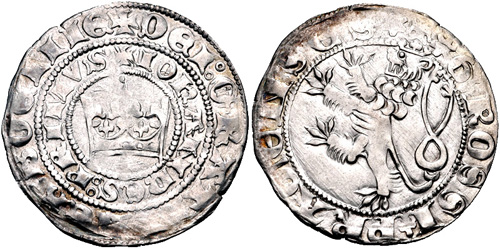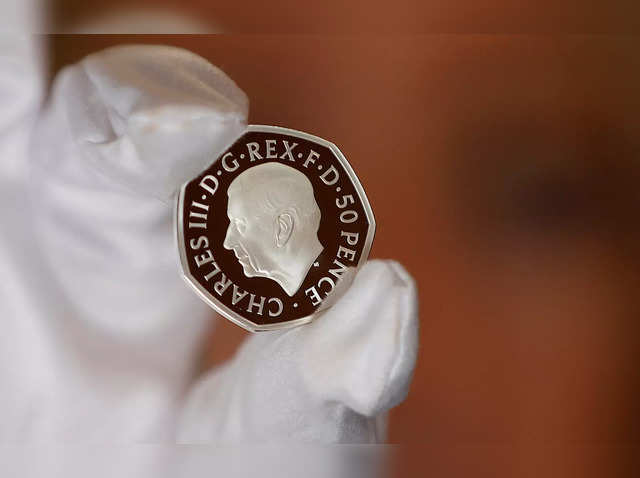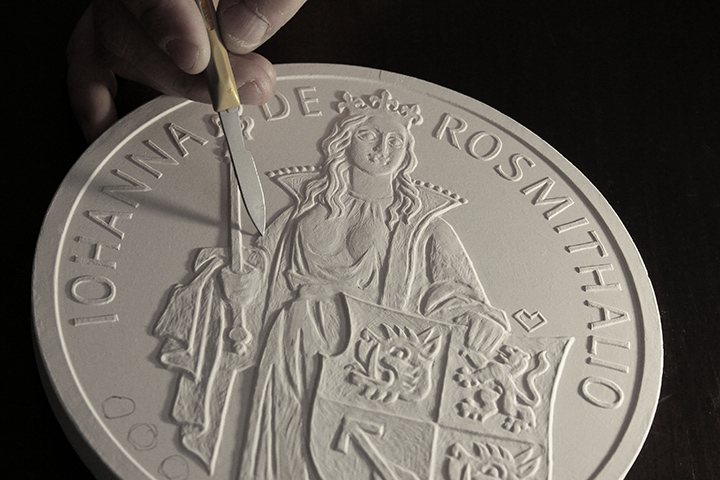Free Reasons For Vacuum Hardening Czechoslovakia Medals
Wiki Article
How Do Artists Create Gold Coins And Medals?
Artists employ various techniques to create sketches and designs for gold coins or medals, adapting traditional methods or utilizing digital tools for visualizationHand-Drawn Sketches
Pencil or pencil SketchesArtists usually begin with preliminary sketches with pens or pencils on paper. These sketches aid in conceptualizing the design and layout of the medal or coin.
Detailed rendering- The artist refines initial sketches with the addition of details, contours, and adjusting the overall composition. This process may require multiple iterations to achieve the desired look.
Inking or Tracing When the artist is pleased with the sketch in pencil then he could trace the design onto another sheet of paper to get an outline that is more precise. In this step the artist is likely to trace the sketch onto a blank sheet or tracing sheets.
Create depth and shade- Artists can make use of shading techniques to add depth and dimension to the design. This will give the design a more authentic look or draw attention to particular elements of the design.
Digital Design Creation
Graphic Design Software- Artists skilled in digital design utilize software like Adobe Illustrator, Photoshop, or 3D modeling software that is specialized. They design the coin or medal digitally using tools that allow for precise and scale.
Vector GraphicsDigital design often developed by using vector graphics. The ability to scale can be achieved without sacrificing quality. This lets the design be scaled to various coin sizes, without losing its clarity.
3D Modeling: Advanced artists are able to use 3D modeling software to create designs for medals or coins in a 3-D environment. This provides a more precise illustration of the design and lets you better comprehend how it will look.
Visualization and RenderingArtists can render the digital design to mimic the look of the final coin or medal, applying different textures, finishes, or effects to visualize how the design will appear under different lighting or surface conditions.
Hand-drawn and digital designs require meticulous attention to details, artistic skills and a solid knowledge of the technical limitations as well as the specifications and requirements to mint coins and medals. Artists are able to choose which preferred method depending on their individual knowledge, their requirements for clients, or the aesthetics of the final product. Read the best drawing Prague Mint gold coins more tips. including ebay gold coins, twenty dollar coin, 20 dollar gold coin, gold one dollar coin, liberty gold coin, 1979 gold dollar, one ounce gold bullion, cost of 1 oz of gold, 1975 gold penny, silver double eagle and more.

How Does A Janvier Machine Transfer The Design Of The Gold Coin To The Hub That Is In Operation?
The Janvier machine (also known as pantographs, or reducing machines) is a unique device that transfers the design of a medal or coin from the master hub to the operating hub. This is a brief description of the Master Hub Creation.
The master die is the original mold or die that contains the exact design of the coin. It is made through CNC cutting, or by using other techniques of precision.
Janvier Machine Setup
The Janvier machine is comprised of a stylus that traces the design onto the master hub as well as an instrument for cutting that reproduces the same design onto the operating hub.
The Janvier machine's master hub, that serves as a template to which the design can be re-created, is hung in a secure manner to the machine.
Tracing The Design
The stylus of the Janvier machine follows the contours and details of the design of the master hub. As the stylus moves across the surface of the master hub it keeps track of its shape.
The DesignReducing the Design
The Janvier machine also replicates the traced pattern onto the hub that is in use. The hub is usually made from a softer material like nickel or steel, rather than the hub used in the master.
The cutting tool reduces or duplicates the design on the working hub in a smaller or reduced size compared to the master hub. This is essential to the process of minting since it allows the striking of medals or coins at the size you want.
Precision and Accuracy
Janvier is a high-precision machine that assures a perfect transfer of designs from the master hub to the working hub. It reproduces with precision all the details and contours, even the smallest ones.
Quality Control
Quality checks and inspections are performed to verify that the design used is compatible with the specifications and precision required to strike the design.
Further Processing-
The Janvier machine's working hub is used to strike coins or medals. It acts as a mold or die that is used to make multiple blanks for medals or coins that have the design transferred.
Janvier is a crucial element in minting because it is able to accurately replicate and reduce intricate designs for coins or medals. These working hubs are then utilized in the mass production of coins or medals through the striking process. Have a look at the top janvier processing Prague Mint gold coins blog tips. including cost of gold coins, 1 0z gold, american eagle gold coin price, chinese coins, 1999 gold quarter, 1975 gold penny, coins and gold, gold american eagle price, best place to buy gold bars, coin gold bullion and more.

How Do Gold-Plated Coins And Medals Receive Their Protective Coatings?
The coating of gold medals or coins is used for a variety of reasons. It is for protection as well as improving the appearance, or achieving a specific aesthetic appearance. Here are a few different coatings that could be applied.
Clear Protective Coating (Varies)Clear protective coating, such as lacquer or a specially-formulated polymer can be used to shield the surface from oxidation, tarnishing, or scratches. This coating shields the metal underneath the medal or coin and aids in maintaining its original appearance.
Enhancement of Appearance
Gold plating (or gilding) A thin layer of gold may be applied on the surface of gold coins or gold medals. The coin or medal will appear more expensive and shiny.
Aesthetic Aspects
Patina and Antique Finishes: Chemical treatments or special coatings are used to create the antique or patina effect. This process creates character and depth to the design by creating an aged and oxidized look.
Colorization or Coloring - Some coins or medals are colored specifically in certain areas by using coatings, enamels or other specialized coatings. These colors may be used to highlight specific design elements or to make a contrast.
Anti-Tarnish Coatings-
Anti-Tarnish Solution: If your coin or medal features intricate designs or specific areas are prone to tarnishing you may want to apply anti-tarnish products. These coatings prevent oxidation or discoloration of the metal surface in the course of time.
Specialized Coatings to Guarantee the security or authenticity of your card.
UV-Reactive Coatings. Certain coins and medals may have coatings that react with UV light and reveal hidden or encrypted components. They are utilized for security and authentication purposes.
Selective Coatings for Contrast
Selective Coating Removal - Certain coins and medals have coatings removed in certain areas to make a distinction between the polished and coated surface, which highlights design elements.
Each method serves a specific objective, be it to protect metals, improve appearance, achieve specific aesthetic results, and/or enhance security. These coatings impact the appearance quality, durability and worth of gold coins as well as other medals. Take a look at the recommended coating Prague Mint gold medals more tips. including american eagle gold coin 1 oz, chinese coins, 2000 sacagawea dollar, american eagle gold coin 1 oz, cost of gold coins, apmex gold coins, gold coin prices, george washington gold dollar coin, gold and bullion, ancient coin and more.

What Is The Reason Behind Some Gold Coins Or Medals Treated To Give Them An Aged Or Antique Look?
Gold coins and medals can undergo processing to give them an antique or aged appearance for various reasons, including aesthetic preferences, historical significance, or even collector demand. Here's the how-to and why.
Chemical Patination: The surface of the coin is treated with acid or other solutions that create patina. These solutions create controlled oxidation or toning creating an aged or antique appearance. This process highlights the particulars of your design and give it the dimension.
Artificial Aging The use of chemical or mechanical methods can be employed to mimic the natural wear that comes with time. Treatments or tools that are abrasive are employed to create scratches and worn areas.
Toning and Staining: Specialized solutions, also known as heating treatments are used to stain or tone the surfaces. The result is a wide range of hues and shades. This can be a way to mimic the natural discoloration and tone that happens in the course of time.
Buffing, Polishing Techniques: Specific areas can be selected for a specific buffing process to remove surface highlights or layers. This can create contrast and give the appearance that wear has occurred.
What are the reasons for the creation of an antique appearance?
Visual Attractiveness - Many collectors or collectors choose medals or coins with a vintage look for their aesthetic appeal. The vintage look adds character, depth and uniqueness to the style, making it visually stunning.
Meaning of Historical or Commemorative Coins, medals and other items of commemoration that honor historical events or periods can be aged to provide them with a authentic historical value. They can also be aged to simulate coins from specific periods.
Antique coins or medals are frequently sought-after by collectors seeking unique pieces or limited editions. The appearance of the coins could make them more attractive and worth the price.
Highlighting Details - Ageing can bring out the details in a design. Through creating contrasts between raised and receded zones, the elements of the design become more noticeable and obvious.
Minting Authorities or artist can use an aging technique to create a form of expression artistically to add depth, narrative, or symbolic.
A deliberate artistic choice, creating an antique finish on gold medals or coins can evoke nostalgia or add visual interest. It also can convey a sense history. It's crucial to protect the coin's authenticity and intrinsic value, while maintaining an aesthetic appearance. See the recommended antique finish of Czechoslovakia gold medals website info. including medal gold medal, apmex gold coins, gold apmex price, canadian gold maple leaf, best place to buy gold bars, five dollar gold piece, 1 oz gold coin price today, maple leaf gold coin, 2000 sacagawea, gold quarter and more.
